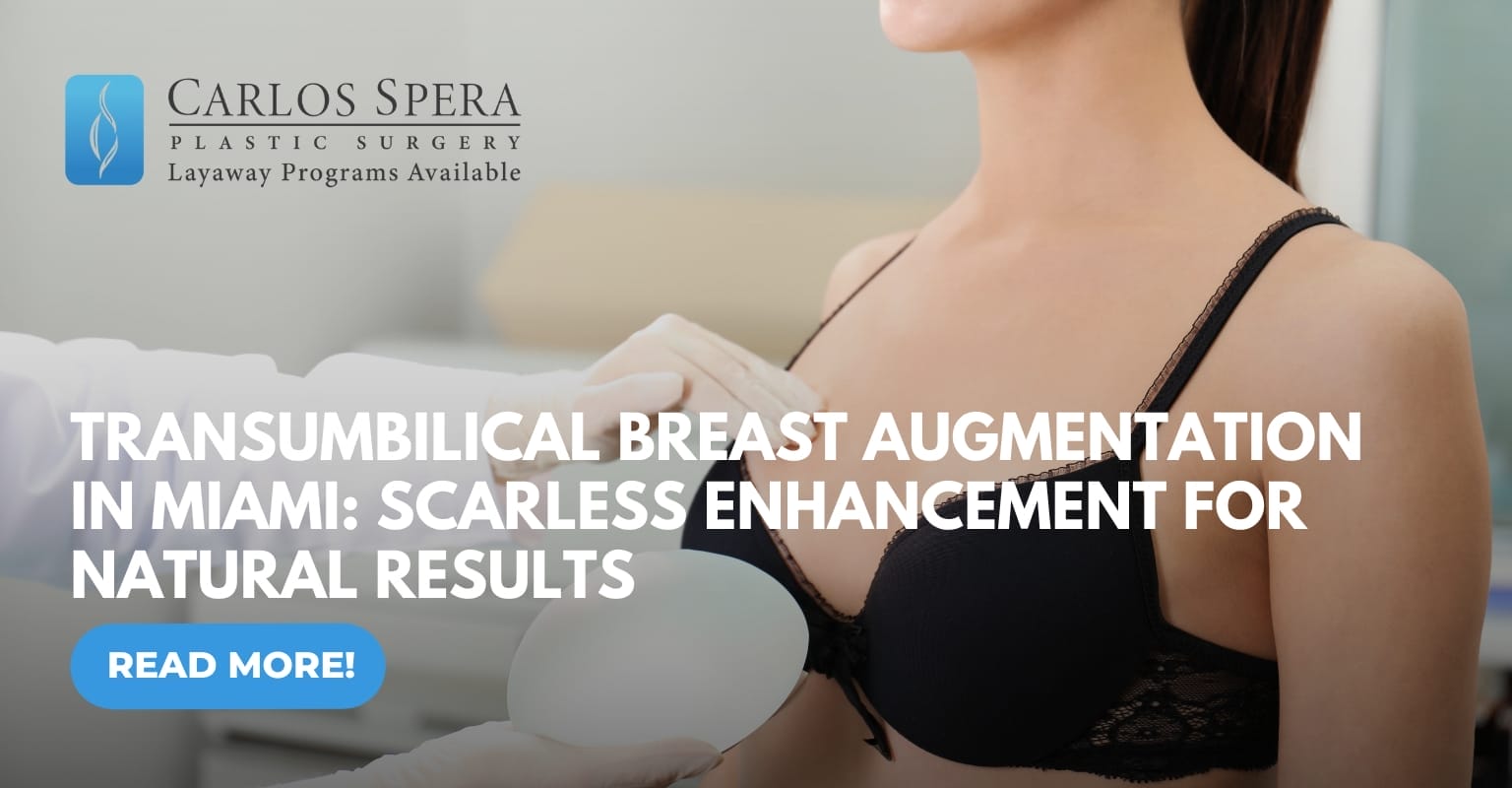This new addition in cosmetic enhancements has many possibilities such as eliminating skin wrinkles, rejuvenating the skin, improve the appearance in those with acne scarring, and hastening the healing process without Surgery. The therapy begins by first drawing the patient’s own blood into a specially prepared test tube. The tube is then spun down in a centrifuge to separate out the precious platelets. The platelets are an important component in our blood and are necessary for normal clotting. However, these very same platelets when activated release several proteins that are beneficial for increasing collagen formation, connective tissue formation,skin tightening, and overall rejuvenation. The injections are performed using very small needles similar to those used in Botox injections. An Alternative way to perform this procedure is allowing the growth factor-rich topical solution that is absorbed into the skin via perforations with microneedles, which is said to stimulate collagen production and wake up skin at a cellular level. The downtime -free treatment provides instant results that continue to improve over time but may require 2 separate sessions. THE BENEFIT OF PRP IN FAT TRANSFER: Fat transfer has seen a revival in recent years. Although the first reported cases of transplanting a patient’s own fat to other areas date back to the late 19th century, it has not held much promise until the last few decades. The main reason why fat transfer was slow in becoming was due its poor tenacity. Fat has a very limited blood supply; and needs to be handled very carefully.
The original fat harvesting technique involved anesthetizing the donor area with a lidocaine solution; and aspirating the fat into a large barrel syringe. The collected fat then needed to be separated by centrifuge. Both of these steps are highly operator dependent; and even in the best of hands, the fat is only partially viable with this method. There is a certain amount of trauma to the fat cells, during the harvesting and separating technique, that can injure the cell membrane of fat cells – making them useless for grafting. The next step needs close attention to detail as well; and that involves injecting the fat into the recipient area. We already know that the fat is very sensitive to any trauma. It cannot be injected through very small needles or cannulas; since that can be harmful to the fat. It’s also very important to make sure that the fat is injected evenly, and to areas where blood supply is not questionable. Once the fat is placed into the recipient area, the goal is to have the fat cells develop connections to a nearby blood supply by a process called angiogenesis, or neovascularization. It stands to reason that the best chance of survival is at the interface (of fat and blood supply). Fat surrounded only by other fat does not do well; and undergoes what’s termed central necrosis. This means that unless the transplanted fat is “touching” other tissue with good blood supply, it will not survive. Recently there has been a great interest in adding PRP to the transplanted fat. The goal is to improve the fat retention, or survival, rate. Several well conducted studies have shown exciting and very promising results. The results showed increased retention, and overall enhanced wound healing. No doubt we are witnessing a very promising role of PRO in fat transplantation.
- Home
- About Us
- Breast
- Body
- Face
- Tempsure Envi
- Deep Plane Facelift
- Rhinoplasty
- Ultrasonic Rhinoplasty
- Septoplasty
- Facelift (Rhytidectomy)
- Blepharoplasty (Eyelid Surgery)
- Otoplasty (Ear Surgery)
- Mentoplasty (Chin Implants)
- Endoscopic Brow Lift
- Smartgraft FUE Hair Transplant
- Hair Transplant Surgery
- Non-Surgical Treatment of Alopecia
- Rhinophyma
- Dermal Fillers
- Neck Lift
- Skin
- Home
- About Us
- Breast
- Body
- Face
- Tempsure Envi
- Deep Plane Facelift
- Rhinoplasty
- Ultrasonic Rhinoplasty
- Septoplasty
- Facelift (Rhytidectomy)
- Blepharoplasty (Eyelid Surgery)
- Otoplasty (Ear Surgery)
- Mentoplasty (Chin Implants)
- Endoscopic Brow Lift
- Smartgraft FUE Hair Transplant
- Hair Transplant Surgery
- Non-Surgical Treatment of Alopecia
- Rhinophyma
- Dermal Fillers
- Neck Lift
- Skin





